 ISO 9001:2015 மற்றும் ISO 14001:2015 சான்றளிக்கப்பட்டது
ISO 9001:2015 மற்றும் ISO 14001:2015 சான்றளிக்கப்பட்டது
CMRL has adopted the Miyawaki technique, and a manmade forest was created in the CMRL Admin Building Campus. This method of afforestation is unique in the sense that it utilizes only 1/10th land area equivalent to forest compared to the conventional method. This technique was invented and implemented by Dr. Miyawaki in Japan. This technique is followed all over the world. This man-made forest improves the ecological and balances the surrounding environmental conditions. This will lead to more oxygen production as well as absorbing more carbon dioxide and making the environment clean, especially in the metropolitan cities.
In this technique, CMRL planted 45 varieties of indigenous species. The total area used for creating this forest area will be 432 m2 only. The total number of plants accommodated is 1280. After one year growth, most of the trees reached a height of more than 15 feet. Because of the closer espacement, the crown formation is very thick, so it prevents weed growth. The roots network creates a mesh below the soil prevents soil erosion and protects the trees from heavy winds. Moreover, this forest attracts a lot of birds and insects and promotes pollination.
CMRL procures the treated water from the Chennai Metropolitan Water Supply and Sewerage Board (CMWSSB) for its construction use. Thereby, CMRL restricts itself from the usage of freshwater sources.
CMRL has installed RWH systems in the stations, depots, and elevated corridors to enable the ground water recharge.
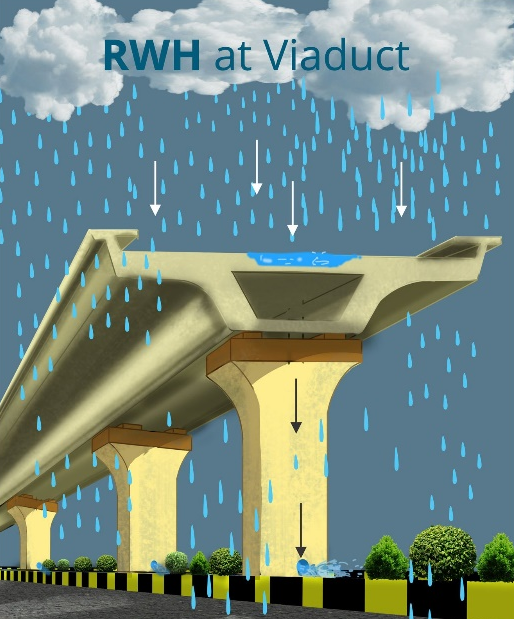
The biodegradable solid wastes generated in the CMRL facilities are treated and converted into manure Organic Waste Composter (OWC). The Manure is used in the Gardens and plantation sites.
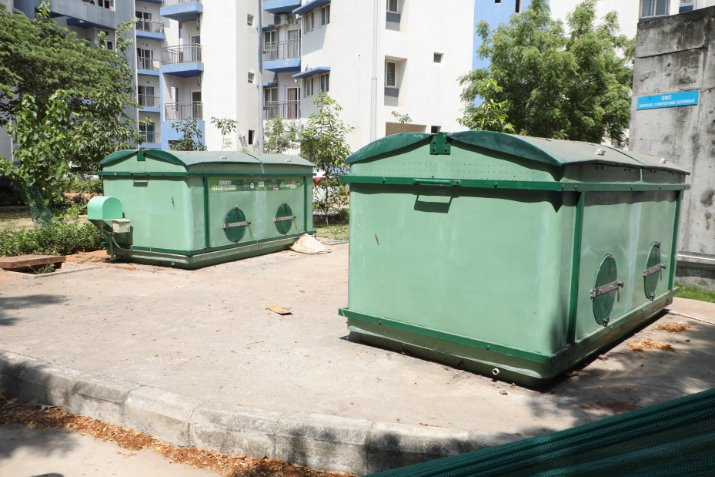
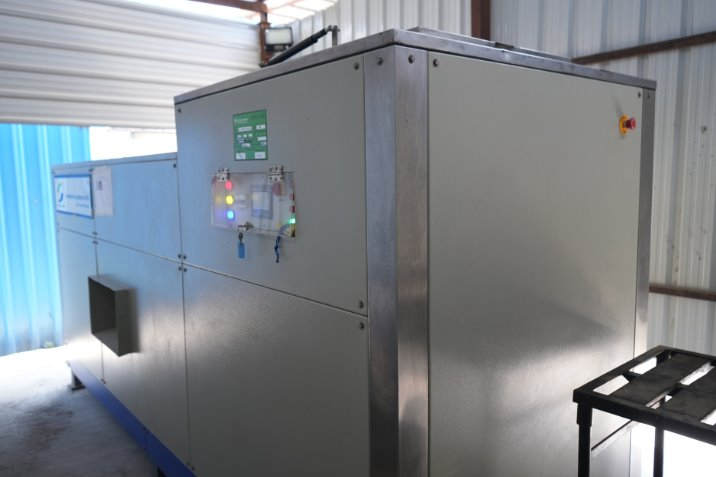
CMRL is actively involved in increasing the green cover of the city by planting saplings in and around the city. As of March 2024, the CMRL Phase II project has planted more than 65000 Nos. of saplings through its Plantation Programmes.
Eco Vibrant Unit
CMRL – Chief Advisor (Environment) has introduced the innovative concept of tree plantation called Eco Vibrant Unit. Here the top 10 oxygen-producing indigenous species are planted at closer and wider spacing based on their canopy property. (i.e. large canopy saplings at the periphery with wider espacement, small canopy saplings are in the middle with closer espacement). So that growth of all saplings in ensured without any casualties.
The Objective of the EVU is to:
Purpose to increase the diversity around the landscape.

Climate change assessments were carried out to identify the potential impacts of the climate such as flooding, rising temperature,mean sea level, etc. Accordingly, a Climate Change Action Plan was formulated to mitigate the impacts.
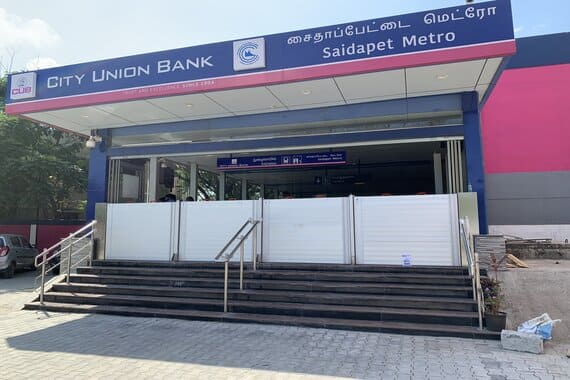
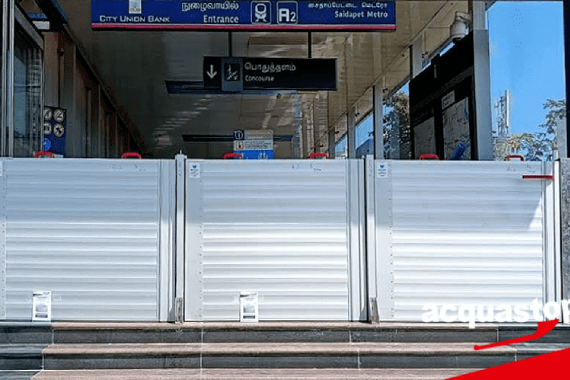
CMRL has taken various measures to mitigate the process of climate change. Chennai Metro Rail Limited Corridor I Extension, Corridor 3, Corridor 4, and Corridor 5 under MRTS PoA (Project of Activities) have been registered under the Clean Development Mechanism (under UNFCCC) to demonstrate savings in CO2 emissions from operation activities.
The operation of metro trains indirectly contributes to the reduction of carbon emissions by providing a modal shift i.e. an alternate form of transportation to the private vehicles. By operation of Metro trains, CMRL reduces roughly 568,495 tCO2e.
Metro Rail Projects requires the felling of trees where the rail alignment passes through. This ultimately leads to a reduction in the release of oxygen and carbon sequestration due to the loss of green cover. But the felling of trees is inevitable considering the benefits of the Metro rails to the public and to the environment in the long run.
However, recognizing the importance of the trees, CMRL has committed to planting 12 saplings for each tree felled due to its construction activities. Mostly indigenous species are recommended for the compensatory plantation. The essential features such as: a) Soil, b) Climate c) Physiographic, and d) Biotic factors are considered before selecting the species.
CMRL is actively involved in increasing the green cover of the city by planting saplings in and around the city. As of April 2024, The CMRL Phase II project has planted more than 66000 Nos. of saplings through its Plantation Programmes. An average tree absorbs 25 kg of CO2 per year. Approximately, CMRL compensatory plantation helps in sequestering 660 Tons of CO2 per year (approx.)
The Indian Green Building Council (IGBC) has launched the IGBC Green Mass Rapid Transit System (MRTS) rating to encourage green concepts in the design, construction & operation of all new Rail-based MRTS projects. The rating system helps to address National priorities like conserving natural resources, demand-side energy & water efficiency, adoption of renewable energy, management of waste, and commuter health & comfort.
CMRL achieved the unique distinction of getting a “PLATINUM” rating by the Indian Green Building Council for designing metro stations in an environmentally friendly manner with a minimal energy footprint. 40 Metro stations, Depots, and Office Buildings have been awarded the IGBC Platinum and Gold ratings for the implementation of green concepts.
CMRL employs energy-efficient lighting solutions throughout its metro rail network to minimize power consumption and enhance sustainability. LED (Light Emitting Diode) lighting fixtures are extensively utilized in stations, platforms, and trains due to their high efficiency and long lifespan. Additionally, advanced lighting control systems with are implemented to adjust brightness levels based on natural light conditions and the motion of people, further optimizing energy usage.
கடைசியாக புதுப்பிக்கப்பட்டது : August 3, 2024

